Home>Articles>How Many Guests Can The State Dining Room Hold For Dinner Or Lunch
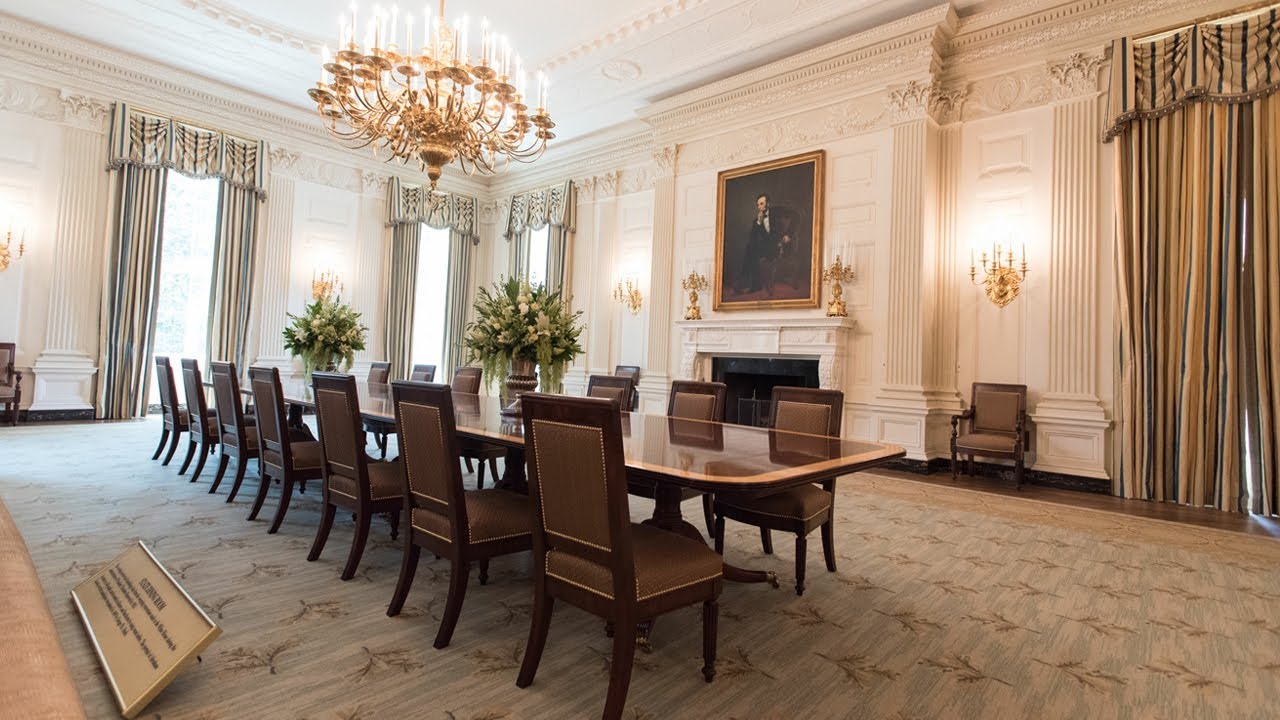

Articles
How Many Guests Can The State Dining Room Hold For Dinner Or Lunch
Modified: December 7, 2023
Discover articles about the capacity of the State Dining Room for dinner or lunch, and how many guests it can hold at a time.
(Many of the links in this article redirect to a specific reviewed product. Your purchase of these products through affiliate links helps to generate commission for Storables.com, at no extra cost. Learn more)
Introduction
The State Dining Room is undoubtedly one of the most prestigious and opulent spaces within the White House. It serves as the venue for various official events and functions, including state dinners and lunches, where dignitaries and notable figures come together to engage in diplomatic discussions and foster international relations. This article aims to explore the capacity of the State Dining Room for hosting dinner or lunch events, shedding light on the factors that influence the number of guests that can be accommodated.
Stepping into the State Dining Room is like entering a realm of grandeur and elegance. Its rich history dates back to the early 19th century when it was initially designated as a formal dining space for the President and his guests. Over the years, it has witnessed countless significant moments and played host to countless famous figures.
Currently, the primary purpose of the State Dining Room is to facilitate official state dinners and lunches. These events are meticulously curated to create a memorable experience for the guests and provide them with an opportunity to engage in meaningful discussions while indulging in exquisite cuisine.
Key Takeaways:
- The State Dining Room’s capacity for dinner or lunch events is influenced by its historical significance, layout, furniture arrangement, and decor, all crucial for creating memorable experiences and fostering international relations.
- Careful planning and attention to detail are essential in optimizing the State Dining Room’s seating capacity for formal dinners and informal lunches, ensuring a balance between aesthetics, functionality, and guest comfort.
State Dining Room Capacity
The State Dining Room holds immense historical significance within the White House. It has been the venue for numerous iconic events, shaping the course of American history. Originally, the room was intended to serve as a formal dining space for the President and his guests.
Throughout the years, the State Dining Room has evolved to accommodate a variety of functions and ceremonies. However, its main purpose remains to host official state dinners and lunches, which are pivotal in fostering diplomatic relations, showcasing American hospitality, and strengthening international ties.
State dinners in the State Dining Room represent a significant aspect of diplomatic protocol. They provide a platform for heads of state, government officials, and notable guests to gather together, discuss important matters, and build connections. These dinners are meticulously planned and executed to create a welcoming ambiance, showcasing the best of American culture, cuisine, and hospitality.
Similarly, official state lunches also play a crucial role in diplomatic affairs. They usually involve a more relaxed setting, allowing for informal conversations to take place. While the overall ambiance may be less formal compared to state dinners, the importance and significance of these lunches are no less significant.
Both state dinners and lunches held in the State Dining Room contribute to the image and reputation of the United States on the global stage. They offer an opportunity for world leaders to come together, exchange ideas, and foster diplomatic relationships. These events showcase the ability of the United States to host and entertain guests while promoting cultural exchanges and collaboration.
Maximum Seating Capacity
When it comes to hosting dinner or lunch events in the State Dining Room, several factors come into play that influences the maximum seating capacity. These factors include the physical layout and dimensions of the room, as well as the furniture arrangement to ensure optimal seating arrangements.
The State Dining Room is a spacious and grandiose area, designed to accommodate a significant number of guests. However, the room’s layout and dimensions ultimately determine the maximum number of guests that can be seated comfortably.
With its rectangular shape and large floor space, the State Dining Room offers flexibility in terms of seating arrangements. The room can be configured in various ways, depending on the size of the event and the desired seating arrangement. Whether it’s a long rectangular table for a formal dinner or multiple smaller tables for a lunch event, the layout can be adjusted to accommodate different seating capacities.
The furniture arrangement is crucial in maximizing the seating capacity while ensuring optimal comfort and accessibility for guests. The placement of tables, chairs, and other furniture items needs to be strategically planned to allow for efficient movement and create a visually appealing setup.
In terms of table placements, it’s essential to consider the dimensions of the tables, the space required for each guest, and the appropriate spacing between tables to allow for ease of movement. By carefully arranging the tables, it’s possible to maximize the seating capacity without compromising the comfort of the guests.
Chairs are another important consideration for seating arrangements. While it’s important to ensure there are enough chairs for all guests, it’s equally vital to place them in a manner that allows for easy accessibility and comfortable seating. This includes considering the distance between each chair, the arrangement of the chairs around the table, and providing the necessary space for guests to comfortably maneuver.
By taking into account the physical layout and dimensions of the State Dining Room and strategically arranging the furniture, the maximum seating capacity can be optimized while maintaining a comfortable and visually appealing environment for guests.
Dinner Events
Dinner events in the State Dining Room are often grand affairs, requiring meticulous attention to detail to create a formal and sophisticated ambiance. Here, we will explore the process of setting the table for a formal dinner, considerations for table setup and spacing, as well as the factors that can influence the number of guests for these events.
Setting the table for a formal dinner is a carefully orchestrated process. Fine china, crystal glassware, and elegant silverware are meticulously arranged to create an aesthetically pleasing and luxurious dining experience. The tablecloth is typically a crisp white, although sometimes it may feature embellishments or embroidery to match the occasion or theme.
Table setup and spacing are essential considerations when hosting a formal dinner in the State Dining Room. The size and layout of the tables play a crucial role in determining the number of guests and their comfort. Depending on the size of the event, rectangular or round tables may be used, each with its own advantages in terms of seating capacity and interaction among guests.
Spacing between tables is important to ensure guests can navigate the room comfortably and have easy access to their seats. Ample space is allotted for guests to move around, and consideration is given to the spacing between the chairs to allow for ease of movement.
Several factors can affect the number of guests for dinner events in the State Dining Room. The size of the room itself sets a general capacity limit. Additionally, the desired level of comfort and formality also influences the number of guests. For more intimate settings, a smaller number of guests may be preferred to allow for more personalized interaction and attention.
The type of event being hosted can also impact the number of guests. Some dinners may require larger spaces for elaborate displays or entertainment, reducing the overall seating capacity. Lastly, the presence of head tables or other focal points can affect the arrangement and ultimately the number of guests that can be accommodated.
By carefully considering and managing all these factors, dinner events in the State Dining Room can be executed flawlessly, creating memorable experiences for guests in an atmosphere of elegance and sophistication.
The State Dining Room in the White House can hold up to 140 guests for a seated dinner and up to 250 guests for a standing reception.
Lunch Events
While dinner events in the State Dining Room evoke a sense of formality and grandeur, lunch events offer a more relaxed and informal setting. Here, we will explore the dynamics of hosting lunch events in the State Dining Room, including the table arrangements and spacing, as well as considerations for accommodating a larger number of guests.
Lunch events in the State Dining Room are characterized by a more casual atmosphere compared to formal dinners. The table settings may be simpler, with linen tablecloths and understated decor, allowing the focus to be on the cuisine and conversations. Informal lunch events often serve as an opportunity for guests to engage in friendly discussions and network in a more relaxed setting.
Table arrangements and spacing play a vital role in optimizing the experience for lunch events. Round tables are frequently used for smaller groups, providing a more cozy and intimate environment. For larger gatherings, rectangular tables may be utilized, allowing for better flow and interaction among guests.
Spacing between tables is essential to ensure guests can move around freely and comfortably. Ample space should be provided to avoid any congestion or obstacles that may hinder the flow of the event. Similarly, spacing between chairs should be adjusted to allow for easy accessibility and ensure the comfort of guests throughout the meal.
Considerations for accommodating a larger number of guests during lunch events can pose unique challenges. While the State Dining Room offers substantial space, creative table arrangements may be necessary to maximize the seating capacity. For example, a combination of both round and rectangular tables may be used, allowing for more efficient utilization of the available space.
Alternative seating options, such as lounge or cocktail-style setups, can also be considered to accommodate a larger number of guests. These setups provide a more casual yet sophisticated environment, allowing guests to mingle and interact freely.
Furthermore, buffet-style service can be employed for lunch events with a larger guest count, easing the logistics of serving and providing guests with more flexibility in their dining experience.
By considering the table arrangements, spacing, and alternative seating options, the State Dining Room can comfortably accommodate a larger number of guests during lunch events, while maintaining a warm and welcoming atmosphere for all attendees.
Memorabilia and Decorations
The State Dining Room is not only a space for formal dinners and lunches but also a repository of art and historical artifacts that add to its grandeur and legacy. Here, we will delve into the significance of displaying art and historical artifacts in the State Dining Room, the influence of decor on guest capacity, and the delicate balance between aesthetics and functionality.
The walls of the State Dining Room serve as a canvas for displaying a collection of art pieces and historical memorabilia. These include portraits of former presidents, notable figures, and significant events in American history. The purpose of these displays is to celebrate and honor the heritage and achievements of the nation, while adding visual interest and character to the room.
While the artwork and decor undoubtedly contribute to the ambiance of the State Dining Room, they can also have an impact on the guest capacity. The placement of large paintings or sculptures, for example, may necessitate adjustments in furniture arrangement and spacing to maintain an optimal flow and ensure guests can navigate the room comfortably.
Striking a balance between aesthetics and functionality is crucial when it comes to the decor of the State Dining Room. It is imperative to design the space in a way that showcases the artwork and historical artifacts while maximizing the seating capacity and maintaining a warm and welcoming atmosphere for guests.
Considerations such as the size and scale of the artwork, as well as the placement of decorative elements, need to be thoughtfully executed to avoid overcrowding or obstructing guest movements. By strategically selecting and placing decor pieces, it is possible to create a harmonious blend of aesthetics and functionality.
Furthermore, lighting plays a vital role in highlighting the artwork and decor in the State Dining Room. The proper use of lighting techniques can enhance the visual appeal of the space, drawing attention to the art pieces without compromising the comfort of the guests or hindering their dining experience.
In summary, the display of art and historical artifacts adds depth and character to the State Dining Room. The decor influences the guest capacity, which necessitates careful consideration and planning in terms of arrangement and spacing. Striking the right balance between aesthetics and functionality ensures that the State Dining Room remains a visual delight while providing a comfortable and captivating environment for all who enter.
Conclusion
The State Dining Room holds a significant place within the White House, serving as a symbol of prestige, history, and diplomatic hospitality. It is a space where important conversations are held, alliances are forged, and cultural exchanges take place. Understanding the capacity of the State Dining Room for hosting dinner or lunch events is essential for creating memorable experiences for guests.
From its historical significance to its current use for official state dinners and lunches, the State Dining Room remains a centerpiece of diplomacy and grandeur. It is a space that has witnessed countless iconic moments and played host to notable figures from around the world.
Factors such as the physical layout and dimensions of the room, furniture arrangements, and decor play a crucial role in determining the maximum seating capacity. Whether it’s setting the table for a formal dinner or considering the spacing for informal lunch events, careful planning and attention to detail are required to ensure optimal comfort and functionality for guests.
The display of art and historical memorabilia in the State Dining Room adds to its charm and legacy. However, it is essential to strike a delicate balance between aesthetics and functionality to avoid overcrowding and obstructing guest movements. Thoughtful selection and placement of decor pieces, as well as strategic lighting, can enhance the ambiance without compromising guest comfort.
In conclusion, the State Dining Room is a space where elegance, history, and diplomacy converge. Understanding its capacity for hosting dinner or lunch events allows for meticulous planning, ensuring that guests can experience the grandeur while enjoying a comfortable and unforgettable dining experience. It is in this prestigious space that the United States continues to foster international relations and showcase its commitment to diplomacy and hospitality.
Frequently Asked Questions about How Many Guests Can The State Dining Room Hold For Dinner Or Lunch
Was this page helpful?
At Storables.com, we guarantee accurate and reliable information. Our content, validated by Expert Board Contributors, is crafted following stringent Editorial Policies. We're committed to providing you with well-researched, expert-backed insights for all your informational needs.
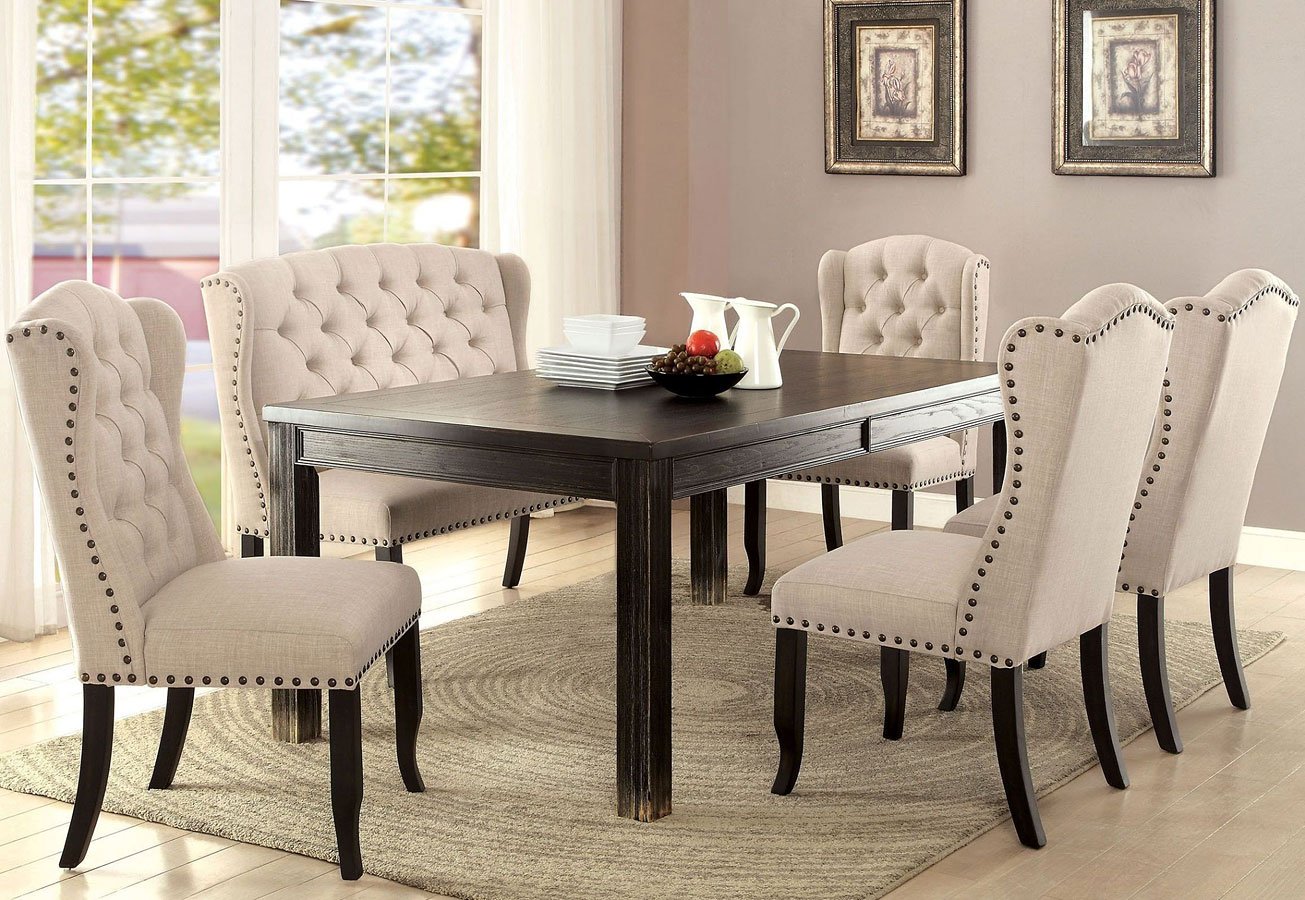
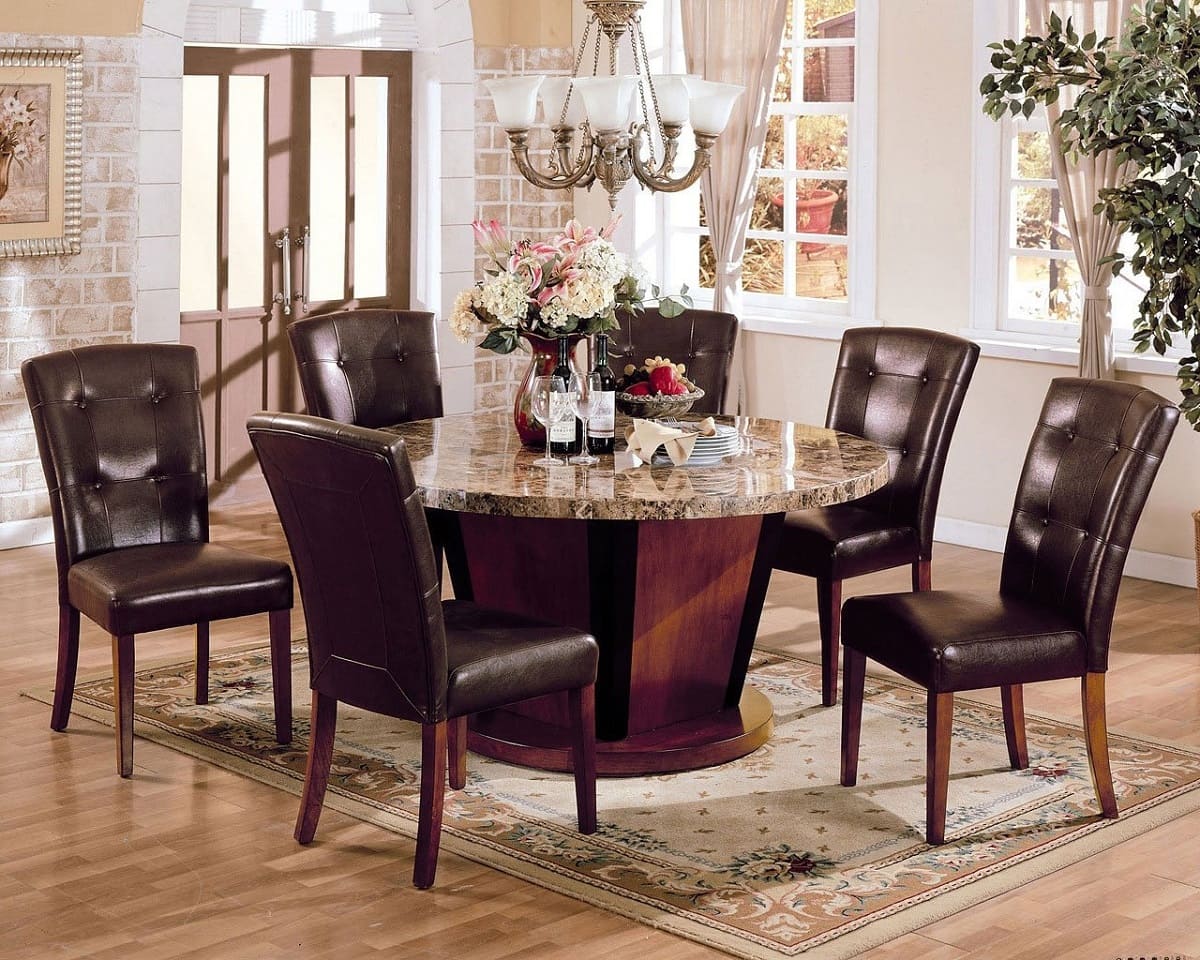
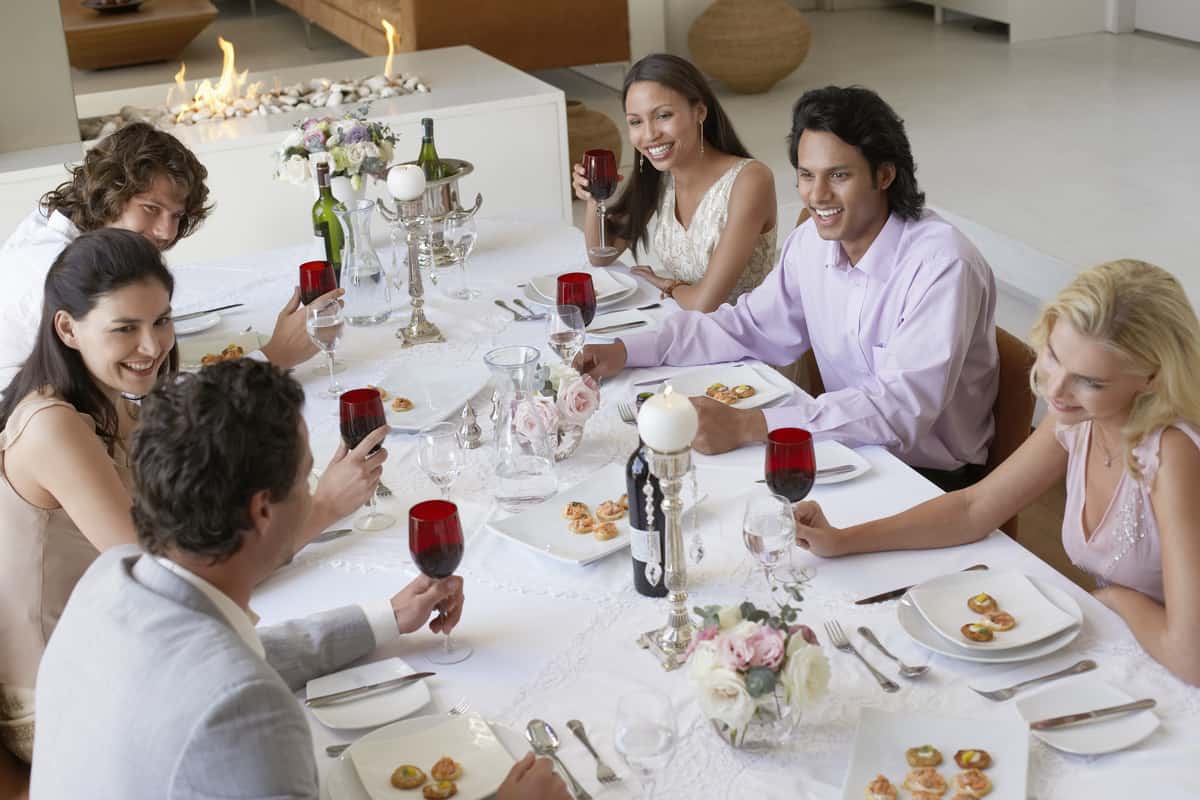
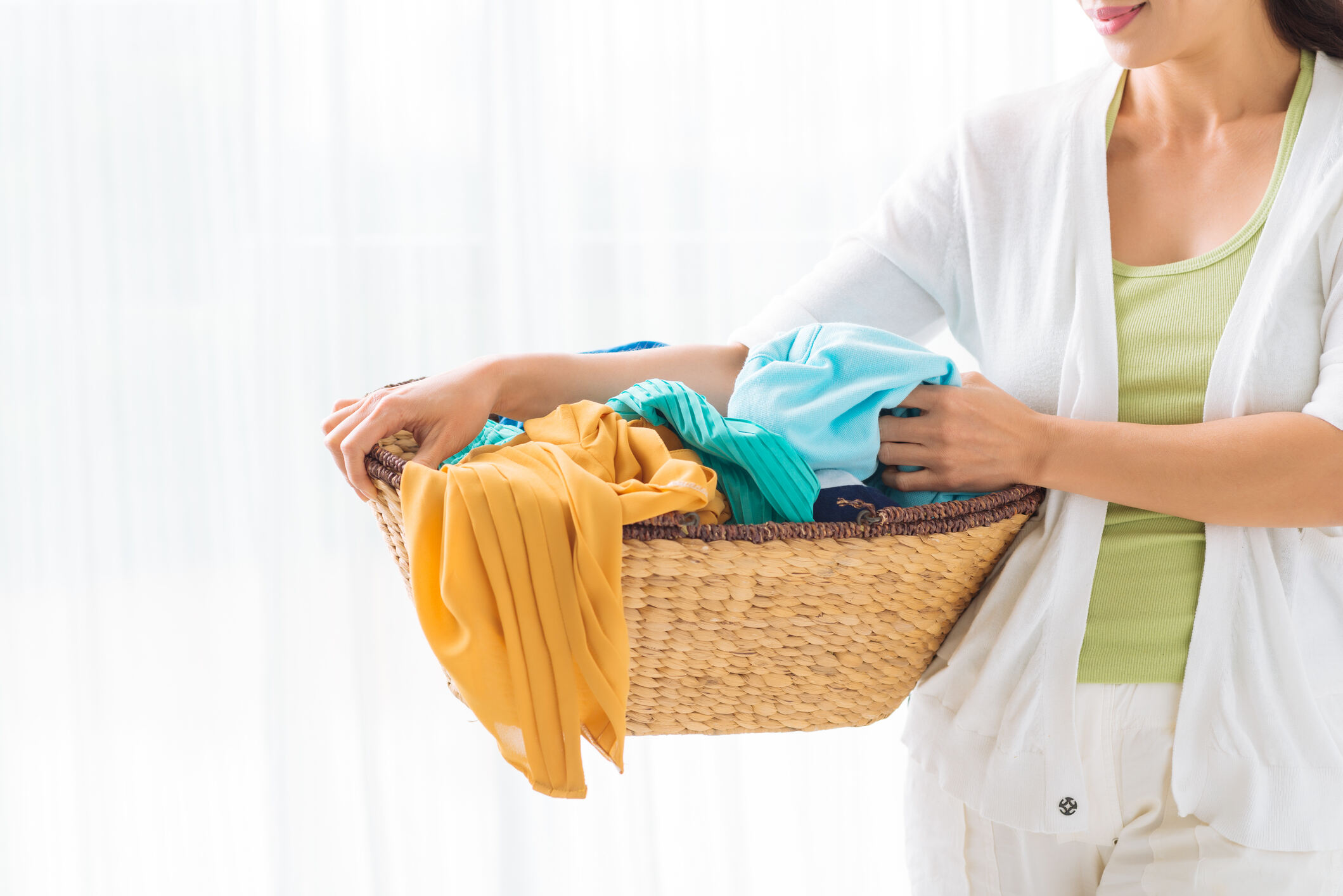
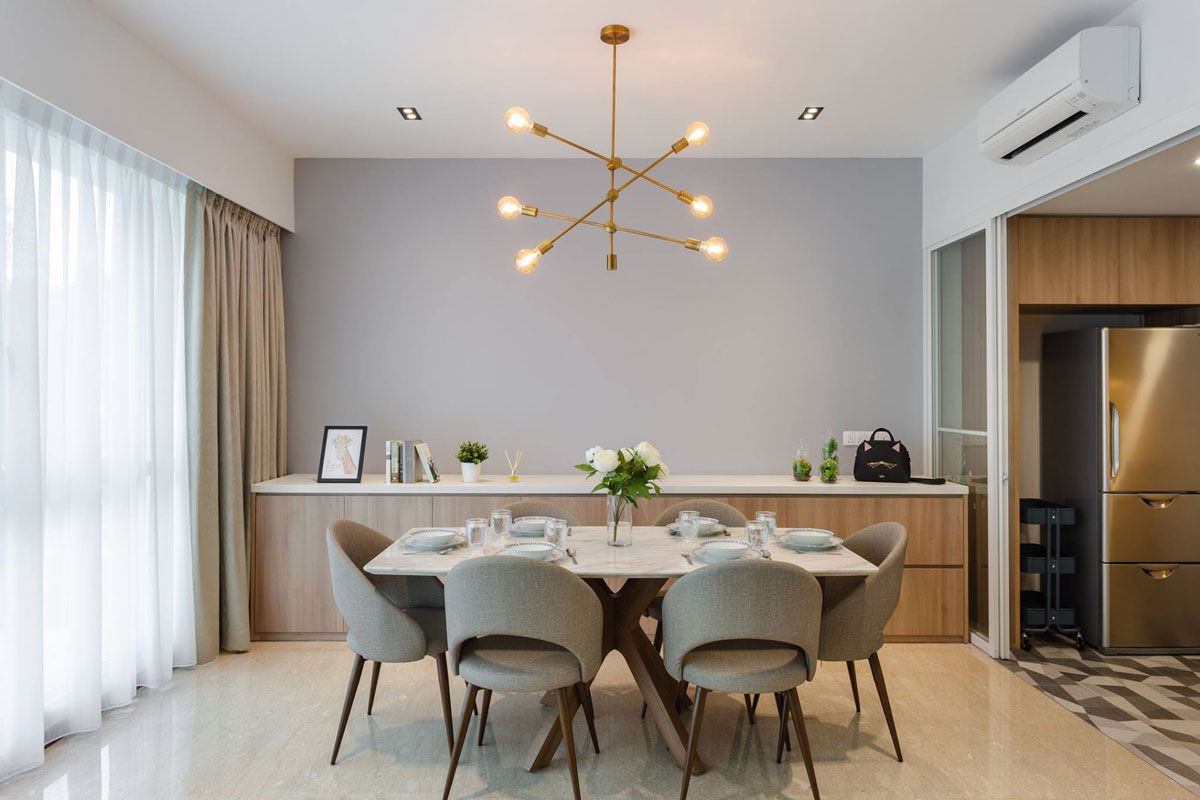
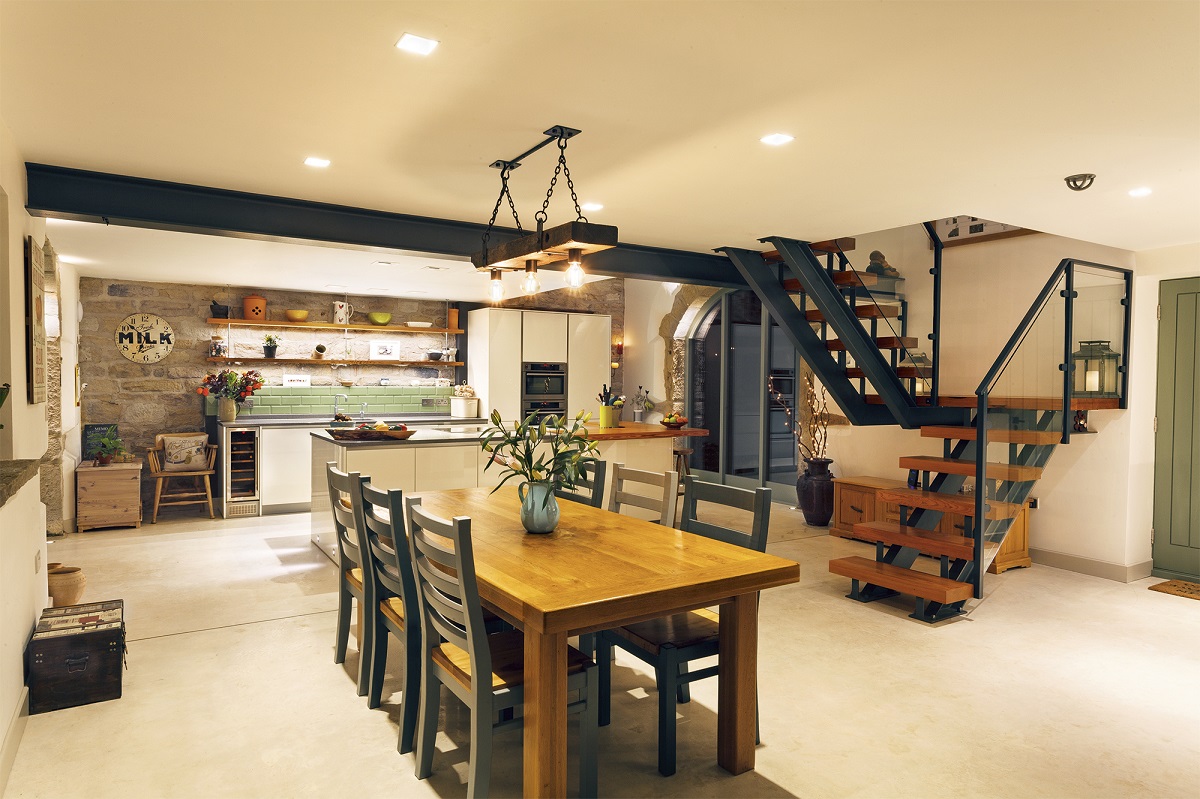
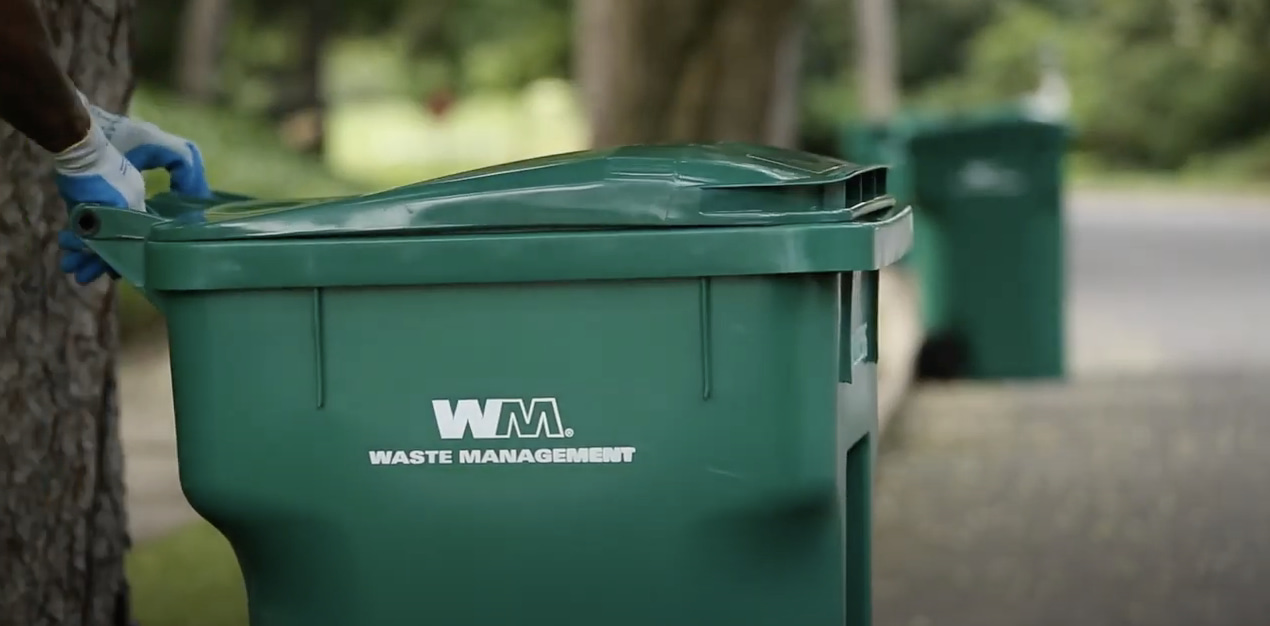
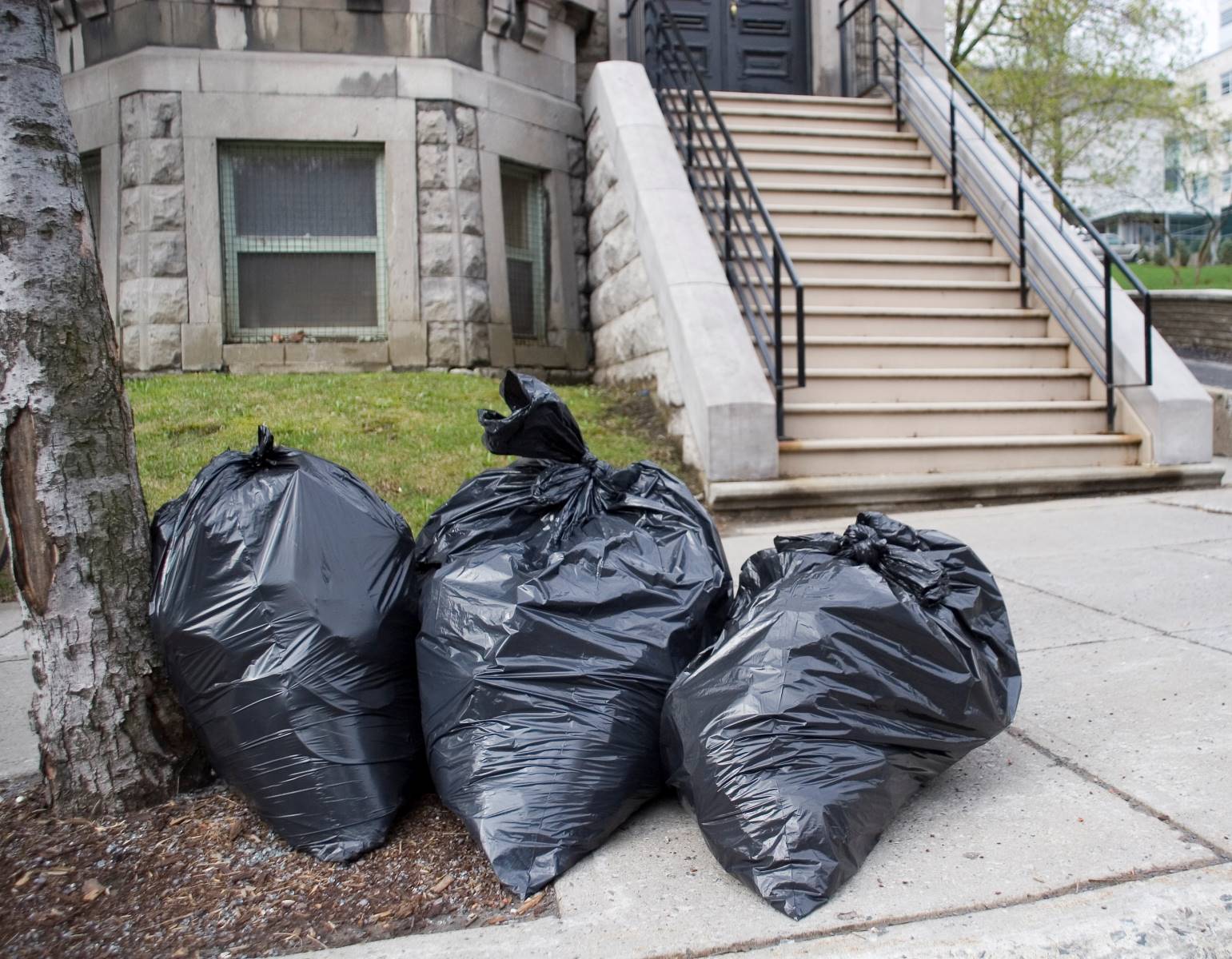
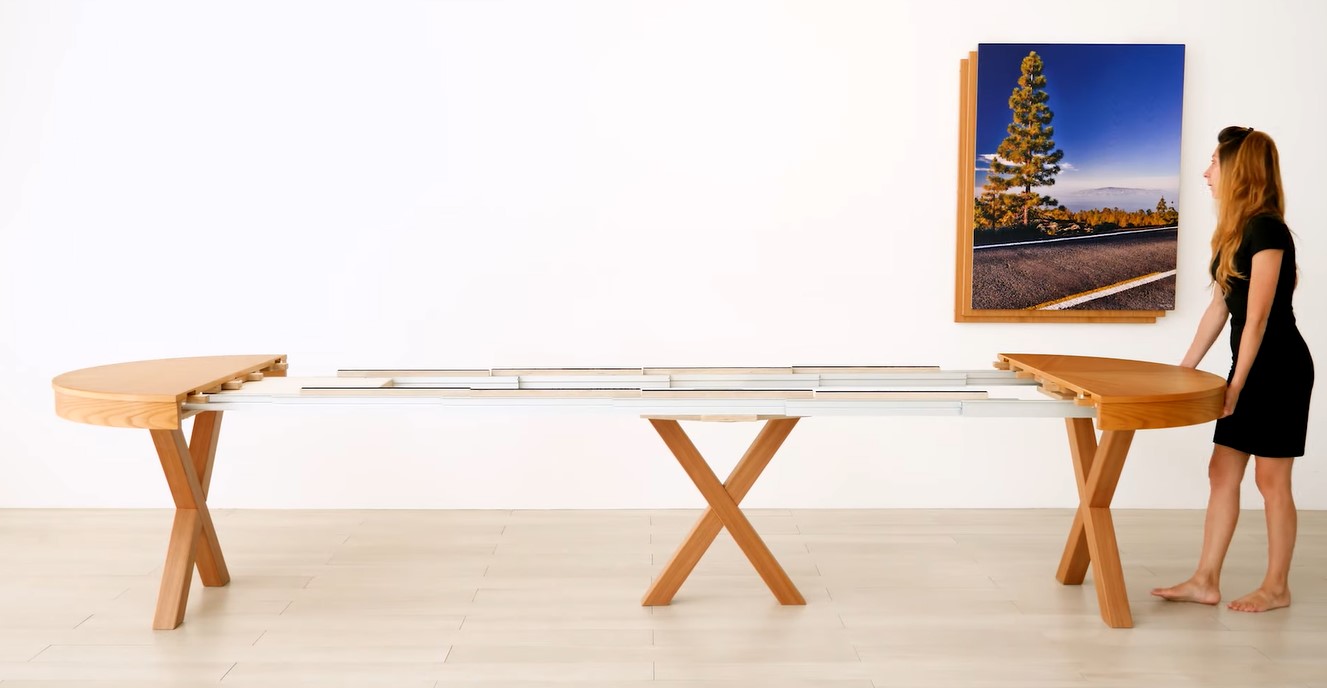
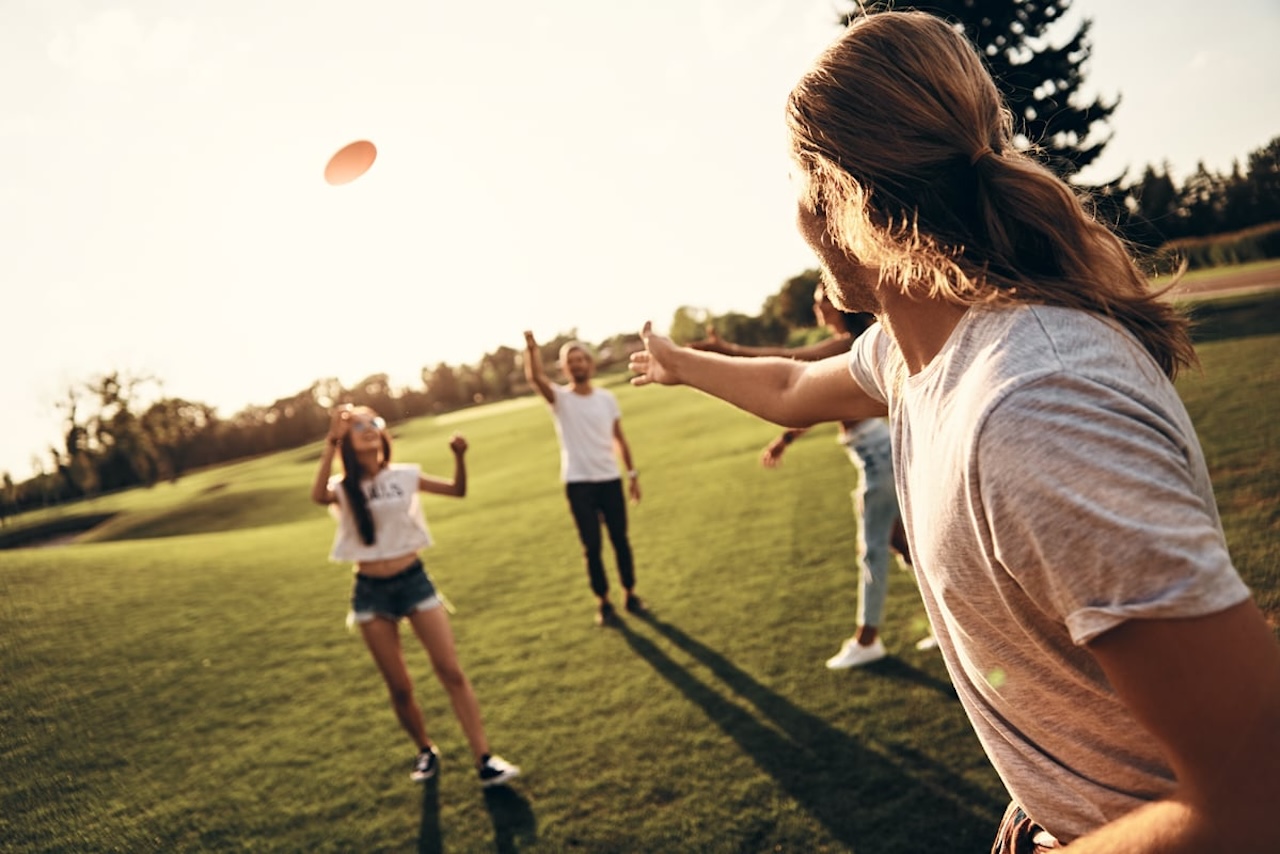
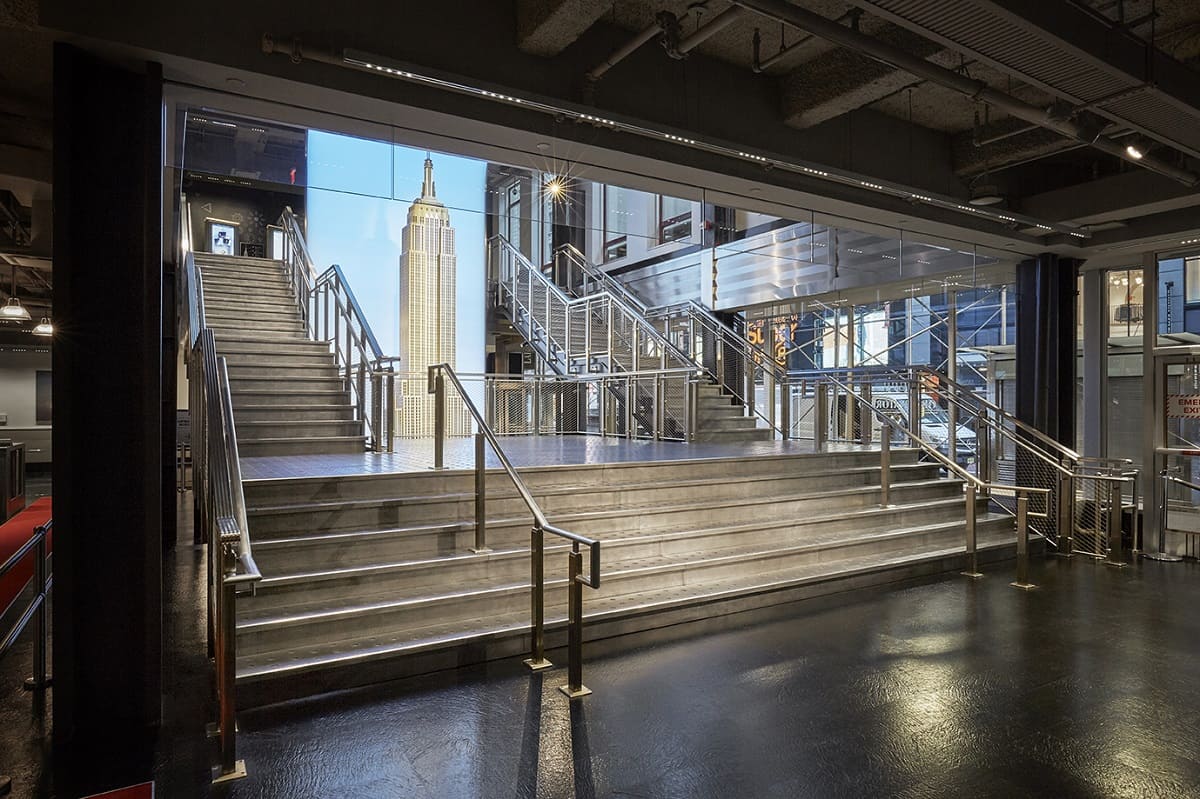
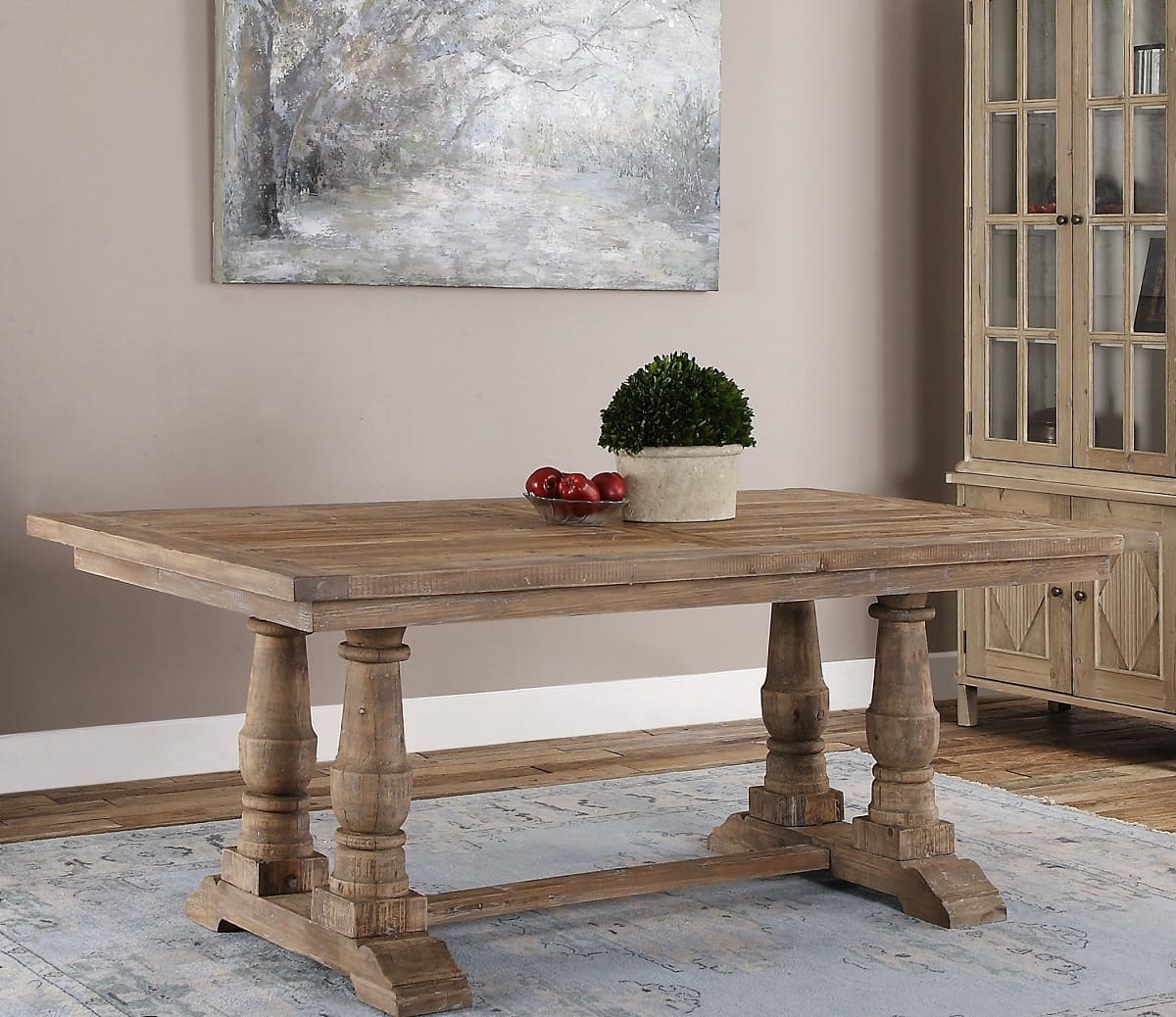
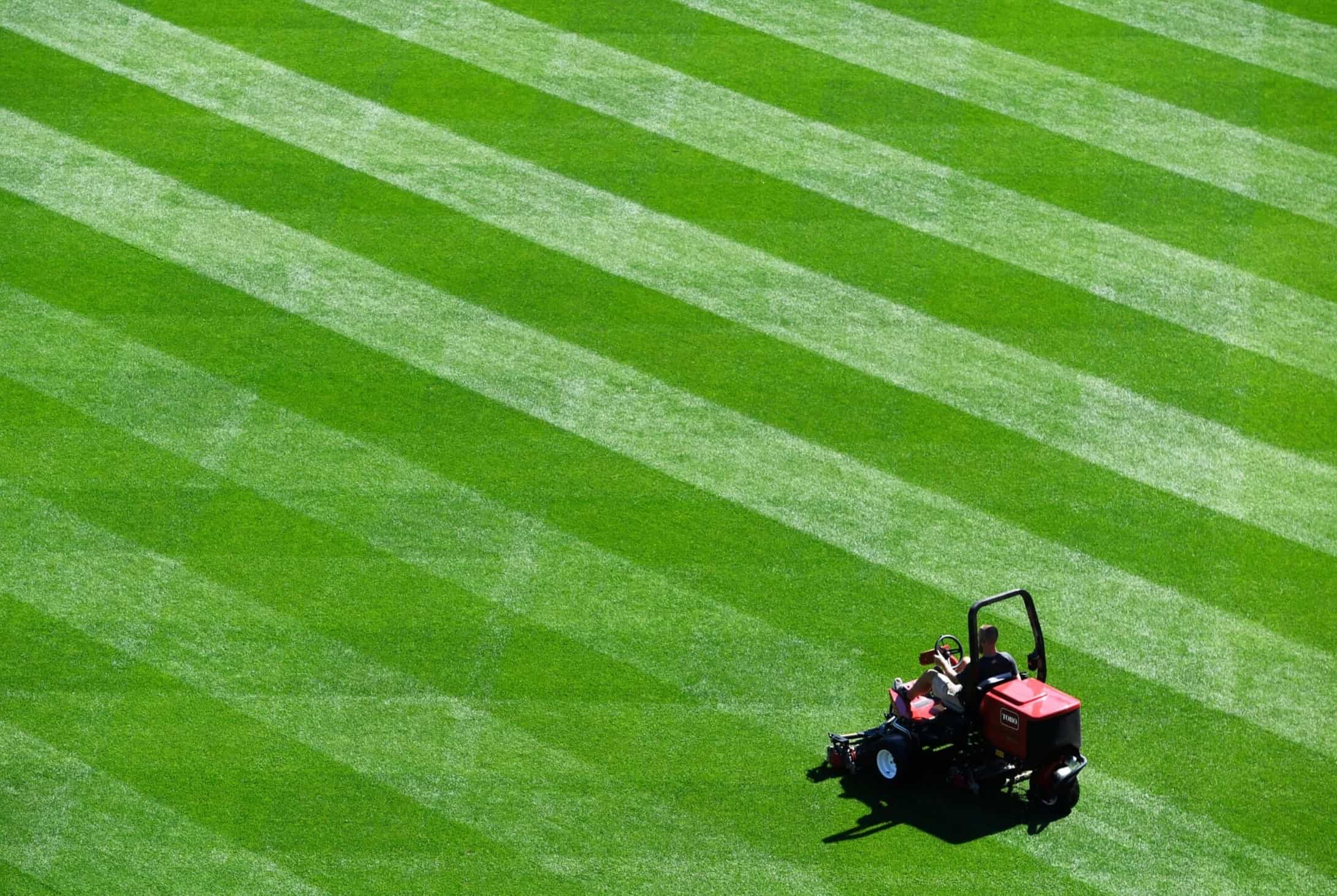
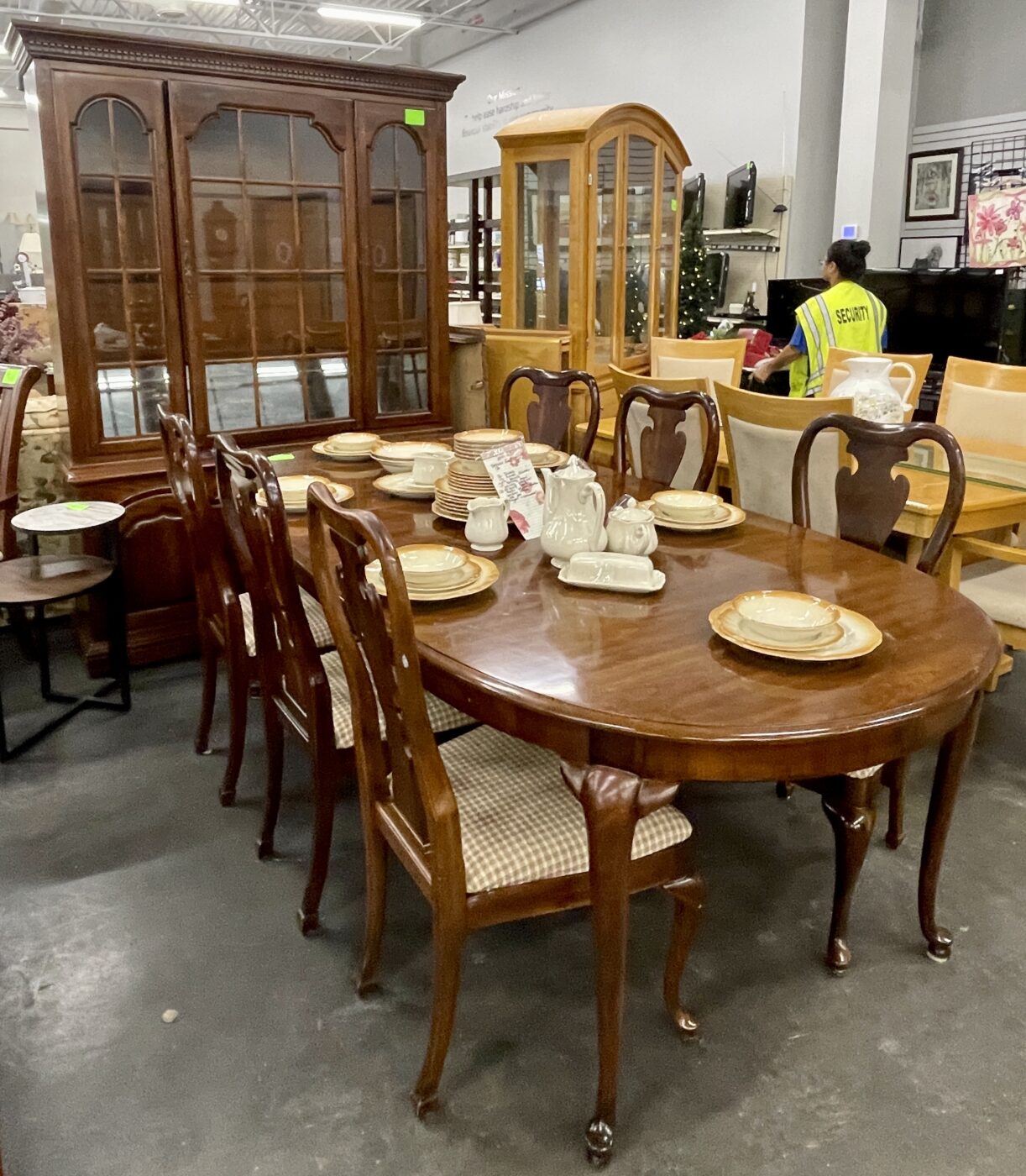

0 thoughts on “How Many Guests Can The State Dining Room Hold For Dinner Or Lunch”